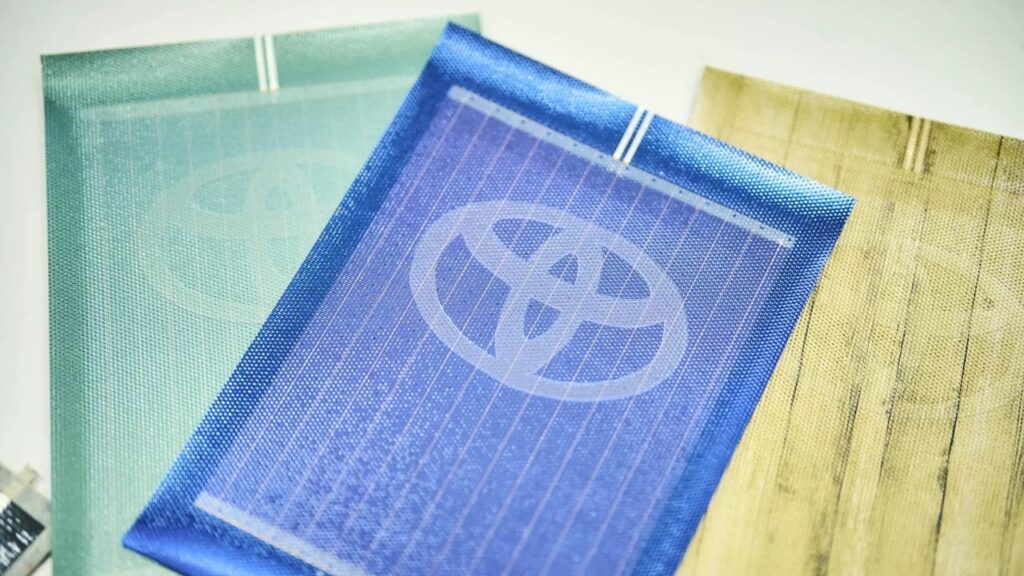Traditionally, solar panels have been mundane black rectangles, but Toyota has introduced groundbreaking technology that brings color and design to these energy devices.

When you think of a solar panel, an image of a dull black surface probably comes to mind. However, Toyota is determined to change that perception by pioneering a unique technology that allows solar panels to be adorned with various colors and captivating designs.
Toyota’s achievement in creating colorful solar panels is not simply due to the novelty of the idea. The challenge lies in the fact that colors can obstruct light, impacting the solar panel’s efficiency.
Most experts believed that adding decoration to solar panels was impractical. However, Taizo Masuda, Toyota’s group manager for carbon-neutral development, recognized the importance of aesthetics in encouraging wider adoption of technology. Thus, he set out to develop solar panels that could be customized and visually appealing.
The breakthrough in addressing the color obstacle emerged from Masuda’s background in the automotive industry. The pigments used in automotive paint possess translucency, selectively reflecting specific wavelengths of light while allowing others to pass through and generate power. This insight paved the way for Toyota’s innovative approach to bring vibrant colors and patterns to solar panels, revolutionizing the industry.
Despite the impact of paint on panel efficiency, Toyota, in collaboration with Nippon Paint Automotive Coatings and solar cell retailer F-Wave, successfully created a colorful and efficient solar panel. Encouraged by this breakthrough, Toyota is considering the potential application of this technology to its vehicles, although challenges exist in that domain.

“The biggest hurdle is the difficulty of fabricating solar panels to precisely fit the unevenness of car surfaces,” said Masuda. “In addition, boosting the color of the decorative film impacts generating efficiency, so we face a tradeoff between the aesthetic aspect and the amount of power that can be produced. Bridging that gap is the key to our research and development moving forward.”
Masuda envisions the versatility of this innovation extending beyond automobiles. He proposes that the vibrant panels can be employed in various structures, including temples and historical sites, where preserving aesthetic integrity is paramount.
When this technology can be ready for use remains to be seen but it would be fun to see some more colourful roofs.
